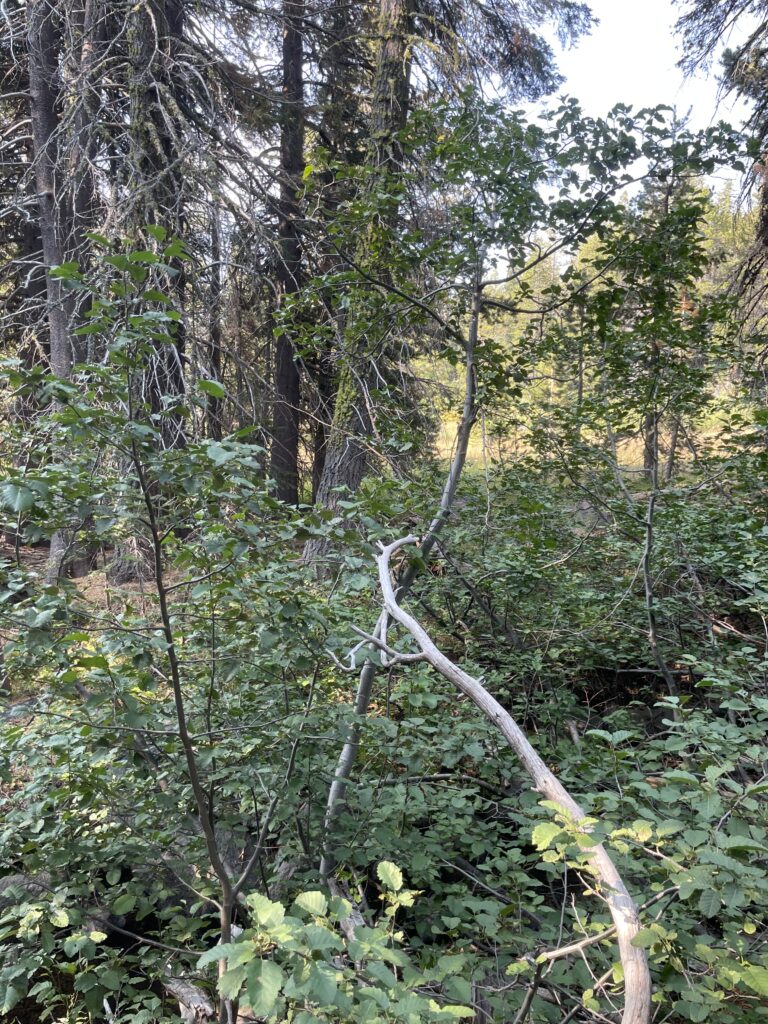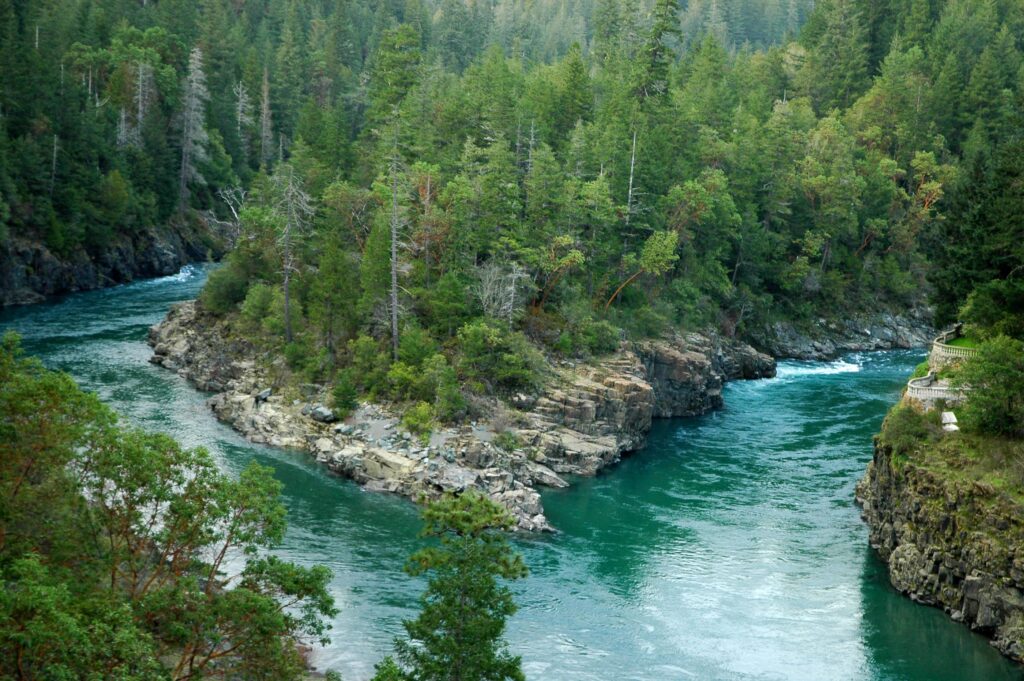Mountain meadows make up a small percentage of the land area in the Sierra Nevada, but not as small a percentage as once thought. This is exciting news as they have an outsized impact, often functioning as high-elevation floodplains. As snow melts in the springtime, meadows act like a sponge for cold water, holding on to it until the drier months of the year when downstream communities need water most. They also act as a biodiversity hotspot for birds, fish, amphibians, wetland plants, and insects. And a new model is revealing that there may be more meadows in the Sierra than previously estimated.
Scientists from the U.S. Forest Service have developed a system to identify potential “lost meadows.” The lost meadow model is based on the idea that disturbances like overgrazing, logging, and mining can disrupt the stability of a meadow, leading to big changes in their physical structure and biologic communities. One of the most troubling changes is the encroachment of large trees onto the former meadow surface. These trees use up water that was formerly available for wetland plants, and they increase fuels in forests that are already at high risk of catastrophic wildfire.

Degradation like what is pictured above can render historic wetlands unrecognizable to a typical observer, but the lost meadow model uses satellite and hydrological data to narrow down the search. With these tools, thousands of acres of potential lost meadows were identified across the Sierra Nevada.

Let’s stay in touch!
We’re hard at work in the California for rivers and clean water. Sign up to get the most important news affecting your water and rivers delivered right to your inbox.
This summer, American Rivers began a multi-year effort alongside the South Yuba River Citizen’s League and the U.S. Forest Service to find out how many of these lost meadows there really are in the North Yuba watershed in northern California, whose headwaters are almost entirely contained within the Tahoe National Forest. Field technicians like me spent months bushwacking through the Tahoe National Forest searching for these potential meadow sites by monitoring their vegetation, hydrology, and geology to determine if they were indeed historic wetlands and if they could be restored.
One season in, the results are surprising: after assessing more than 1500 acres of potential lost meadow sites, a vast majority were accurately predicted by the model (many were even bigger than projected!). We won’t have all the numbers until the project is complete, but the implications of our results so far are significant. If there are even half as many lost meadows in the Sierra Nevada as the model predicts, the restoration of these wetlands could substantially increase the water storage capacity of the Sierra Nevada, bring back historic habitat for wetland species, and sequester more carbon than is currently possible in their degraded state.
The benefits offered by the restoration of lost meadows in this region don’t stop there, though. As catastrophic wildfire risk continues to grow nationwide, it is clearer than ever that responsible forest and watershed management are crucial to protecting rivers, wildlife, and people. Strategic lost meadow restoration could lead to significant forest fuel reduction in a region that desperately needs it. Meadow restorations that remove unhealthy growth, create natural fire breaks, and increase surface water during the driest seasons become ever more important, and understanding lost meadows could be key to accelerating fire-safe restoration across the Sierra Nevada and beyond.

These findings open an exciting new chapter in meadow restoration. At the conclusion of this watershed-scale assessment, we’ll be able to begin exploring entirely new restoration techniques at meadow sites we didn’t know existed, working in collaboration to unlock all the benefits these ecosystems can provide.


